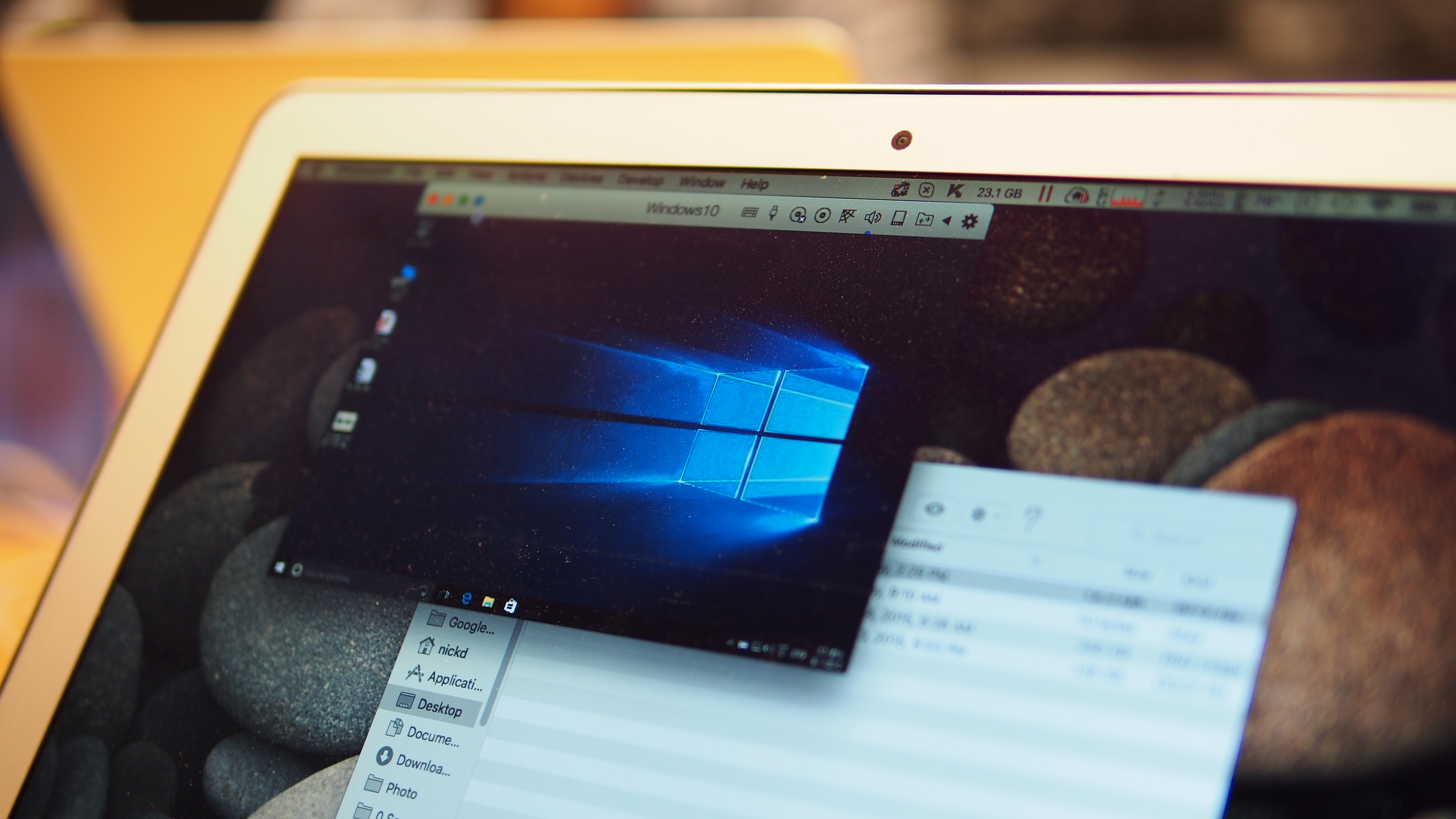Corel adds virtualisation to its offerings with Parallels acquisition
Shared business models and strategies make the acquisition a good fit

Whether Windows or Mac is your operating system of choice, sometimes a particular task or job requires you use both. That's where virtualisation comes in and Mac users that need to use Windows programs often do so using Parallels. The company's software allows you to run Windows right from your Mac which can be quite convenient for legacy applications or programs that have not yet been released for macOS.
The Canadian software company Corel, which specialises in graphics processing, recently acquired Parallels and TechRadar Pro spoke with its CEO Patrick Nichols about the acquisition and how Parallels will fit into its current software offerings.
Last year your company acquired Gravit and Parallels. While Gravit’s design software complements your current offerings in the graphic design space, what prompted you to purchase Parallels?
In the case of Parallels, we were attracted to this amazing team and their products for many reasons. First, the Corel and Parallels business models are a great fit. We both develop, market, and sell some of the most dynamic, trusted, and beloved desktop software brands on the planet. Like many of our other brands including CorelDRAW, WinZip, Painter, and MindManager, Parallels is also a leader in its category, not to mention virtually a household name to Mac users.
There are many reasons why this deal makes sense. Our businesses share similar go-to-market strategies and passion around technology and innovation. For instance, our combined portfolios enable the modern knowledge worker to be creative and productive on their device and platform of choice. The Parallels offerings, whether you’re looking at Parallels Desktop for Mac, Parallels Access, or Parallels Remote Application Server, enable Corel’s graphics, productivity, and mind mapping software to be used on any platform. Our combined global partner network, extensive geographic presence, and global user base enables us to deliver tremendous value to businesses of all size.

Do your customers use virtualisation software for their workloads and did this have any impact on your acquisition of Parallels?
We know our customers use virtualization software in their workflows and, in fact, we’ve been promoting Parallels Desktop for years as the ideal way to run our Windows products on a Mac. We’re excited to explore new ways to extend the reach of all our applications, regardless of platform. Parallels gives us an amazing opportunity to do that.
Will Parallels operate as a standalone business or will it employees be joining Corel?
Yes, Parallels employees have joined Corel and both teams are increasingly working together to deliver innovative new products. Our Parallels team members will continue to drive their products, working closely with our Corel teams to unlock new opportunities across all our product lines.
How will current users of Parallels be affected by the acquisition?
We know our customers are passionate about their Parallels products and we’re committed to ensuring this is a seamless experience for them. From day one, everyone will continue to receive the same excellent service, quality products, and experiences they expect from Parallels.
And while it is still too early to provide specific details, longer term we see great opportunities for our future product roadmap that will leverage the strengths of our combined technologies across all our brands.
You’ve said you plan to make a significant investment into Parallels’ business. Can you offer any details on your company’s future plans for Parallels?
Corel is a private company and we don’t share specifics regarding financial info. I can let you know that we’re committed to the Parallels product lines and will continue to invest across the portfolio. As part of Corel, Parallels has the financial backing to make ongoing investments in product and people.

How do you see the virtualization market evolving over the next few years?
Virtualization is a technology that helps solve a variety of challenges through many scenarios. Fundamentally, it’s about how you use it and the challenges it works to address. Examples on the desktop virtualization side include simultaneously running Windows on a Mac, testing different operating systems (OSes) and applications, as well as improving security by introducing contained applications.
Virtualization also makes it possible for hosted virtual applications and desktops to be accessible from any device, while valuable content remains secure in the data centre and/or cloud. Plus, it has number of other applications such workload consolidation. It’s also fundamental to the overall cloud computing market. While we look ahead at the virtualization market, none of these usage scenarios will go away or diminish in importance, and beyond this, we’re very excited about the new scenarios that will likely appear.
- Also check out the best virtual machine software
Are you a pro? Subscribe to our newsletter
Sign up to the TechRadar Pro newsletter to get all the top news, opinion, features and guidance your business needs to succeed!